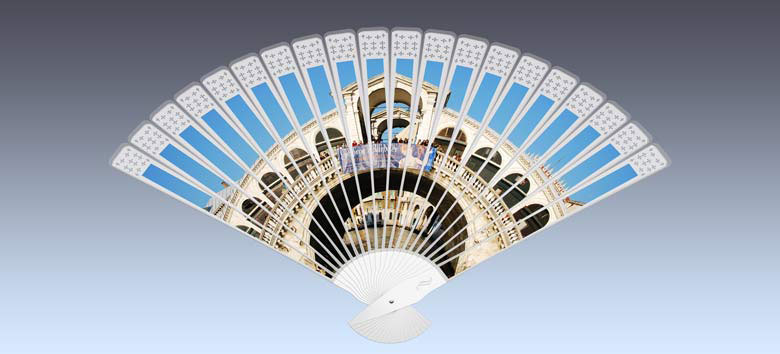The Jewish Quarter
Once again we got up with the alarm and after breakfast of coffee and eclairs, and headed off to explore the Jewish Quarter. Bohemia had a long history of tolerance and although Jews were for centuries forced to live in an area separate from Christians, they were allowed to work at many occupations and generally found life here better than in other areas. The German speaking Jews actually occupied positions of power in the Hapsburg empire.
We bought our tickets, which for an extra 8 or 10 dollars included the Old New Synagogue. Unfortunately, no one told us that it would close at 4 and not reopen until October 3. We started with the Spanish Synagogue, named because of the style of architecture and not because it was a Sephardic congregation. It was actually very reformed. They had displays of art and literature of the Jews of Prague as well as religious articles.
After leaving the Synagogue, we decided to not repeat the mistakes of the last few days and so we found a place for lunch. U Pivrnce was a bar and restaurant covered with cartoons of someone called Pivrnce. Also the entire walls and ceilings were covered with grafitti. BJ had garlic soup which was really good and a salad with baked Camembert. I had a house specialty called Pivrnce’s farts (really). It was slices of roast pork in a cream sauce with cheese and mushrooms and was tasty and filling. We had the house beer which was an unfiltered beer called Staropramen which was a little less hoppy than the Pilsner Urquell.



And no, we didn’t write the graffiti. Next we went to the Maisel Synagogue, which was built for the mayor, presumably of the Jewish Ghetto, in 1591. Though the original burned in 1689, it was rebuilt in the early 20th century. It currently has a fine collection of silver ceremonial objects which were collected from Bohemia and Moravia and brought here by the Nazis with the intention of having a museum of a vanished people.


Next we went to the Pinkas Synagogue whose display is entirely revolving around the deportation of Jews to the camps. On the walls are the names of those deported who died in the camps. All the walls are covered with names. Upstairs is an exhibition of the artwork of the children of Terezin prior to their being moved to the death camps in the East. 



From there we entered the Jewish Cemetery of Prague. Not much room and a lot of graves over the 300 years it was used as the only place where Jews could be buried. These pictures may give you an idea of the crowding and random appearance.

 Next the Klausen Synagogue. This gave a bit more information about Jewish religious practices, with displays of garments and items used in prayer.
Next the Klausen Synagogue. This gave a bit more information about Jewish religious practices, with displays of garments and items used in prayer.
Then we were to go to the Old-New Synagogue, home and resting place of the Golem, but it was closed. Here is the outside.
From there we walked back to the apartment. Along the way, we saw more of the cubist architecture, since much of the Jewish Quarter had been razed in the early part of the 20th century because of crowding and sanitation and the fact that Jews were no longer confined to the ghetto.


And our final real meal in Prague, at a Georgian Restaurant a couple blocks away. Georgian wine, which was good, a different dark beer, pork shashlik (skewered meat roasted over hot coals), dumplings with meat, potatoes with onions, and bread. We were too full for desert.
We get picked up to go to the airport and Amsterdam at noon tomorrow.











Were the Gruenwalds related to BJ?
Nice photos and posts in Prague.
As far as I know, Daddy’s family was from Germany. I imagine that they could have been a distant relation. We took pictures of all the family names.